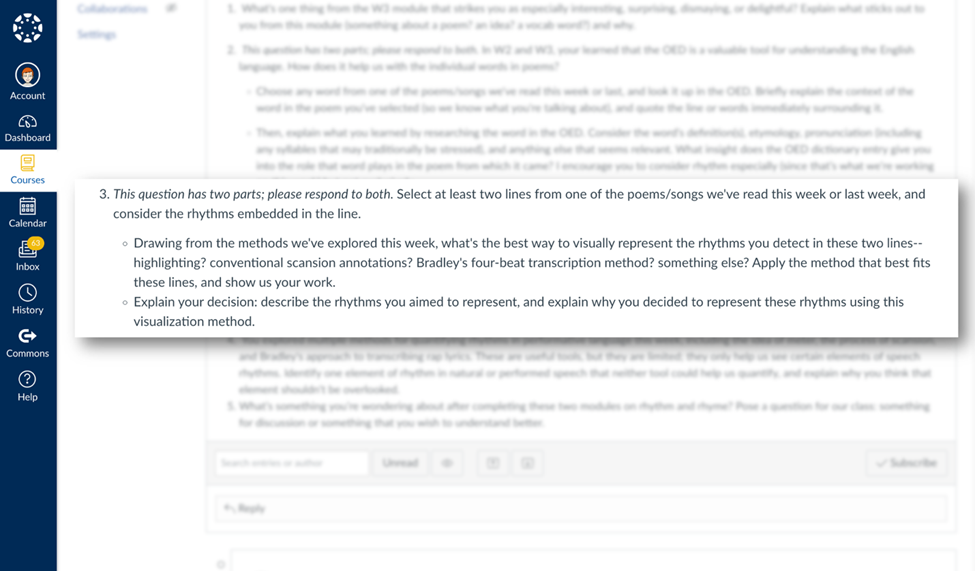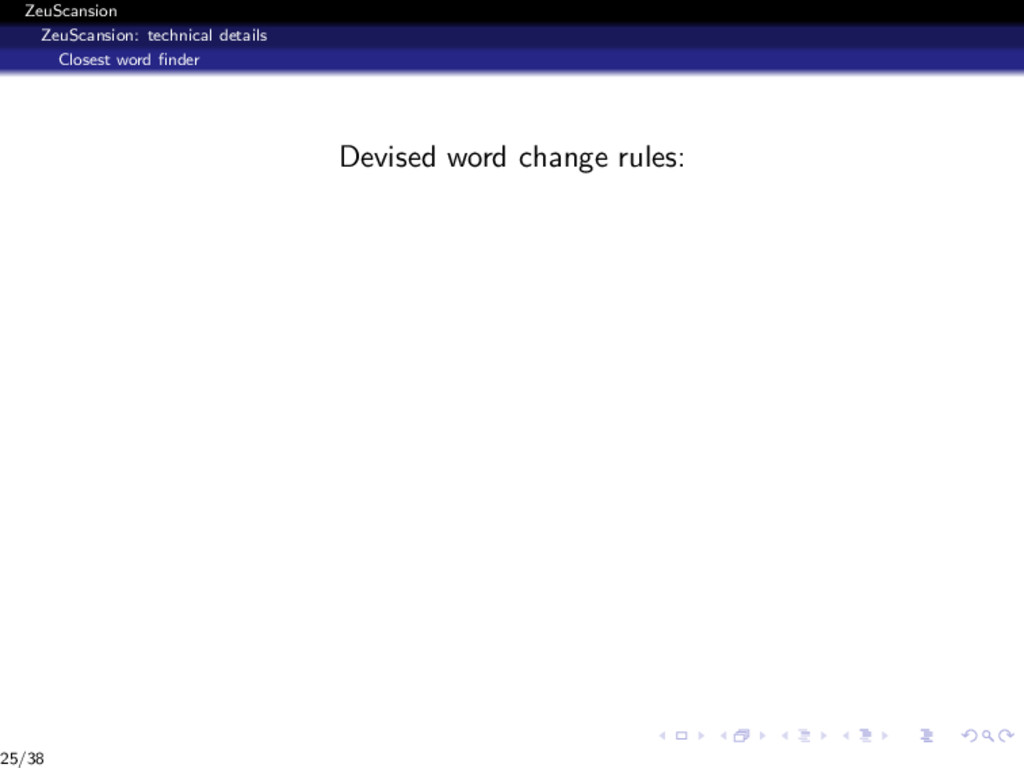

Multiplier <- diff(range(x))/diff(range(y)) * dev.size() / dev.size() # y scales as well as the current plotting device's aspect ratio # calculate the multiplier needed to correct for differences in the x and # the path, and also the Euclidean distance along the path. # From a given set of x and y co-ordinates, determine the gradient along Gradient_to_text_angle <- function(grad, mult = 1) # when plotting, as well as the device's aspect ratio. # can take account of the different scale of x and y variables # angle a letter sitting on that line needs to be rotated by to # Converts a (delta y) / (delta x) gradient to the equivalent

Add the foreground arc in orange, currently showing 12.7%.Ĭonst num = Math.ceil(8 * Math.random()) + 2 Ĭonst values = Array(num).fill(0).map(d => Math.random()) Add the background arc, from 0 to 100% (tau). This way, we don’t need to position arcs individually. Get the SVG container, and apply a transform such that the origin is the property to the `arc` function, and it will return the corresponding string. SVG path string for a given angle, we pass an object with an endAngle An arc function with all values bound except the endAngle. Htmltools::save_html(html = ff, file = "widgets.html") VisInteraction(navigationButtons = TRUE) %>% VisIgraphLayout(layout = "layout_in_circle") %>% With a dictionary like this, anceps can pinpoint unusual scansions and assign confidence scores for each scanned verse. Such dictionaries can be built by parsing the scansions of hexameters and pentameters made with Pedecerto and available on the MusisQue DeoQue database. To account for differences like these, anceps can be used with a frequency-based dictionary that for each form specifies how many times it was seen in the works of each author. Poets of the golden age (Horace, Ovid, Vergil) were more likely to scan a short, but some of the later poets employed both long and short scansions interchangeably (Statius, Lucan), or even preferred the long scansion (Silius Italicus). The a in patris can be either long or short depending on the author and the period. However, theory-guided dictionaries like this one are not always reliable because they do not specify how frequent a particular scansion is. For this purpose, anceps uses the dictionary based on queries to Morpheus which was created by Johan Winge for his scansion tool. The traditional approach to automated scansion is to use a dictionary that lists all theoretically possible ways a word can be macronized. This activity was created by a Quia Web subscriber.Using period- and author-specific frequency-based dictionaries. Poetry written in unrhymed iambic pentameter Shakespeare wrote most of his plays in blank verse Christopher Marlowe first used blank verse

Her voice, soft and lovely when she SINGS,/Came to me last night in a DREAM./In my head her voice still RINGS/,How pleasant last night must SEEM. Once upon a midnight DREARY, while I pondered,/weak and WEARY./While I nodded, nearly NAPPING, suddenly there came/a TAPPING,/As of some one gently RAPPING, RAPPING at my chamber door.Ī rhyme that comes at the end of lines of poetry banding/landingĪ rhyme occurring within a line of poetry profound/boundĪccented syllable is followed by an unaccented syllable eg. Rhyme sound is the last syllable of the line, eg. Three lines, usually having the same rhymeĪ similarity of accented sounds between two words, such as sad/mad rhymes can be masculine or feminine The simplest stanza, consisting of two rhymed lines Line of poetry consisting of 2 feet each foot consists of 3 syllables, two unstressed followed by one stressed syllableĪ line of poetry consisting of one foot each foot consists of two stressed syllablesĪ line of poetry consisting of 4 feet each foot consists of two syllables with one stressed syllable followed by one unstressed syllableĪ group of lines in the formal pattern of a poem

Line of poetry consisting of 3 feet each foot consists of 3 syllables, one stressed followed by two unstressed syllables Line of poetry consisting of 5 feet each foot consists of one unstressed syllable followed by one stressed syllable Three syllables unstressed unstressed stressedģ syllables stressed unstressed unstressed The process of analyzing poetry's rhythm by looking at meter and feetīasic building block of poetry composed of a pattern of syllablesĭefined by the predominant type of foot and the number of feet within the lines of a poem The poetic line is measured by the number of feet it contains


 0 kommentar(er)
0 kommentar(er)
